The Baghdad Battery continues to captivate archaeologists and history enthusiasts worldwide.
Discovered in Iraq, this ancient artifact might not merely be a decorative item or a storage vessel.
Its shape and structure have led some experts to propose that it could be evidence of ancient electrical technology.
If this hypothesis is true, it suggests that ancient civilizations possessed scientific advancements beyond what we imagine today.
What truths could this artifact be hiding?
- Discovery of the Baghdad Battery and its historical context
- Evidence of electrical technology and its possibilities
- Hypotheses and debates about its ancient usage
- The message the Baghdad Battery conveys to the modern world
Discovery of the Baghdad Battery and Its Background
The Baghdad Battery, discovered in 1938 near Baghdad, Iraq, is an artifact that sent shockwaves through the archaeological world.
This ceramic vessel contains a copper tube and an iron rod, which, when combined with an acidic liquid, is believed to produce an electric current.
The discovery suggests the possibility of advanced scientific knowledge existing in ancient civilizations comparable to modern science.
However, much about how this artifact was actually used remains unresolved, often fueling urban legends.
Circumstances of Its Discovery and Importance
The Baghdad Battery was unearthed as part of an archaeological survey in the early 20th century.
The excavation site was a center of ancient Mesopotamian civilization, offering a glimpse into the era’s advanced technology and culture.
The artifact’s resemblance to modern batteries led researchers to believe it could have had technological applications rather than being a mere ornament.
From the moment of its discovery, this artifact has sparked debates about its significance in the history of science.
Excavation Site and Cultural Background
The artifact was discovered in the vicinity of Baghdad, an area historically linked to ancient Mesopotamian civilizations such as the Sumerians and Babylonians.
These civilizations were renowned for their technological advancements and cultural sophistication.
This backdrop suggests that the region’s technological prowess may have made the Baghdad Battery possible.
Further studies on how this technology intersected with civilization development are still required.

Archaeological Achievements of the Time
The 1930s archaeological surveys played a vital role in unveiling the technological heritage of Mesopotamian civilization.
The Baghdad Battery, discovered by chance, later revealed its scientific value through subsequent analyses.
Technological artifacts like this were rare discoveries at the time, making the Baghdad Battery an exceptional find.
The detailed records of this excavation continue to serve as a foundation for future research.
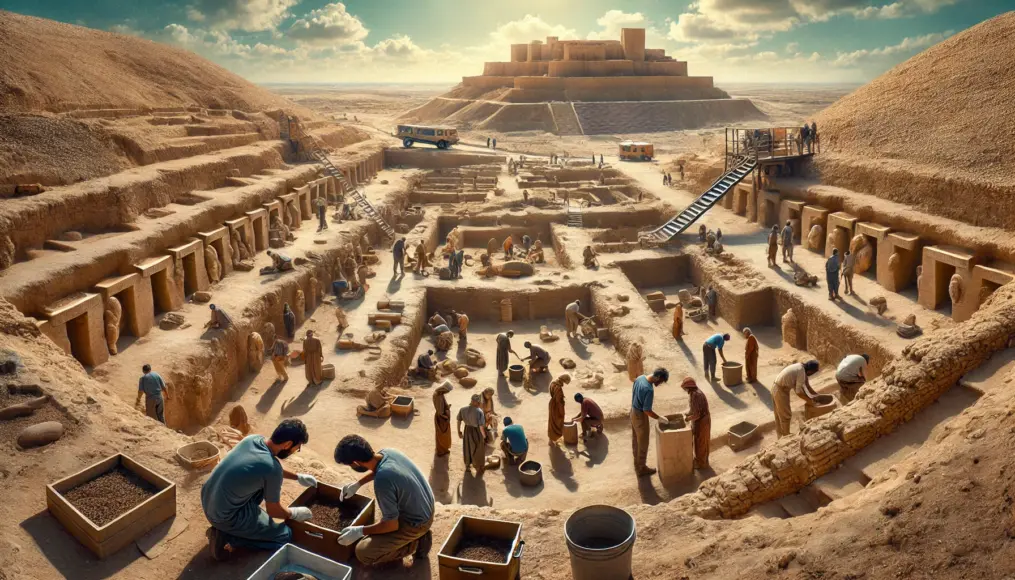
Structure of the Artifact and Its Significance
The structure of the Baghdad Battery is remarkably similar to modern batteries, making its scientific design a point of fascination.
The ceramic vessel houses a copper cylinder and an iron rod, which, when combined with an acidic liquid, can generate electricity.
Such a structure is unlikely to have been accidental and is likely the result of deliberate design.
Consequently, this artifact is often viewed as evidence of ancient technological knowledge.
Mechanism of Generating Electricity
The combination of copper and iron, two distinct metals, forms the basic elements needed for electricity generation.
Adding an acidic liquid triggers an electrochemical reaction, producing an electric current.
This fundamental principle remains in use in modern science, suggesting a potential link between ancient and modern technology.
How this mechanism was discovered and utilized in ancient times remains an enduring mystery.

Experimental Replication and Results
Modern scientists have attempted to replicate the Baghdad Battery through experimental means.
By using copper, iron, and acidic liquid, they have confirmed that a small amount of electric current can indeed be generated.
These results validate the scientific effectiveness of the Baghdad Battery’s design.
However, the intended purpose of this technology remains one of history’s unsolved puzzles.

Evidence of Electrical Technology and Its Possibilities
The structure of the Baghdad Battery suggests the possibility that ancient civilizations possessed electrical technology.
This device, which includes an iron rod and a copper cylinder, is believed to generate electricity using acidic liquids.
Could it have operated like modern batteries, producing power through chemical reactions?
This discovery prompts us to rethink the technological advancements of ancient science.
Applications of Electricity in Ancient Civilizations
If the Baghdad Battery indeed generated electricity, what were its potential applications?
Some scholars suggest it might have been used for electroplating.
This technology involves coating metals for decorative purposes or corrosion prevention.
Such evidence provides a crucial clue to understanding advanced techniques in ancient civilizations.
Evidence of Electroplating Marks
Artifacts from ancient times show traces that resemble electroplating.
Notably, gold and silver objects exhibit uniform surface layers that are particularly intriguing.
These marks often cannot be explained solely by manual craftsmanship or natural phenomena.
The electroplating hypothesis gains support from these observations.
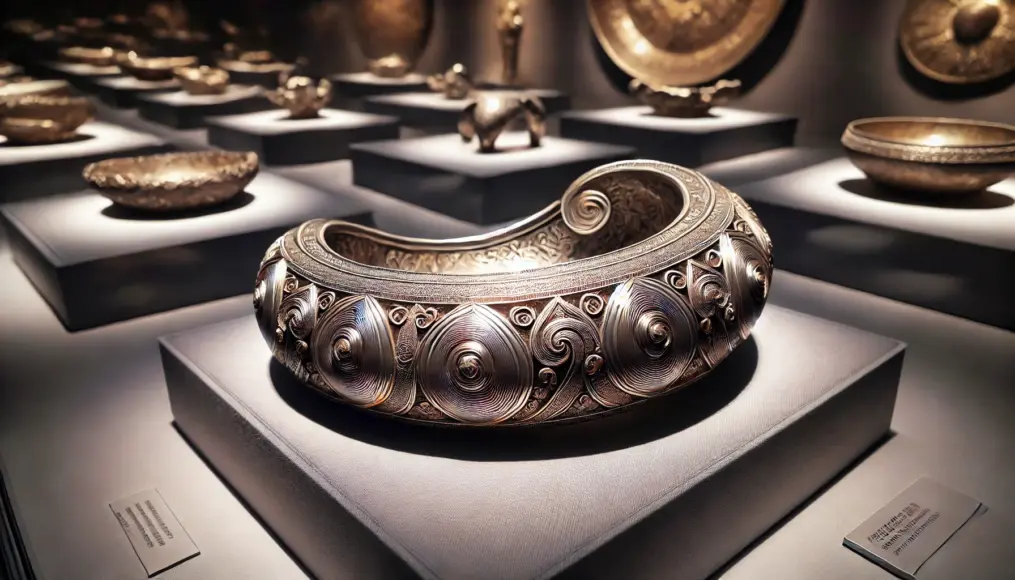
Comparison with Other Crafting Techniques
Meanwhile, many aspects of ancient crafting techniques remain unexplained.
It is possible that similar results could have been achieved without electricity.
However, the existence of the Baghdad Battery lends credence to hypotheses about advanced techniques.
If true, ancient technology could far surpass modern assumptions.
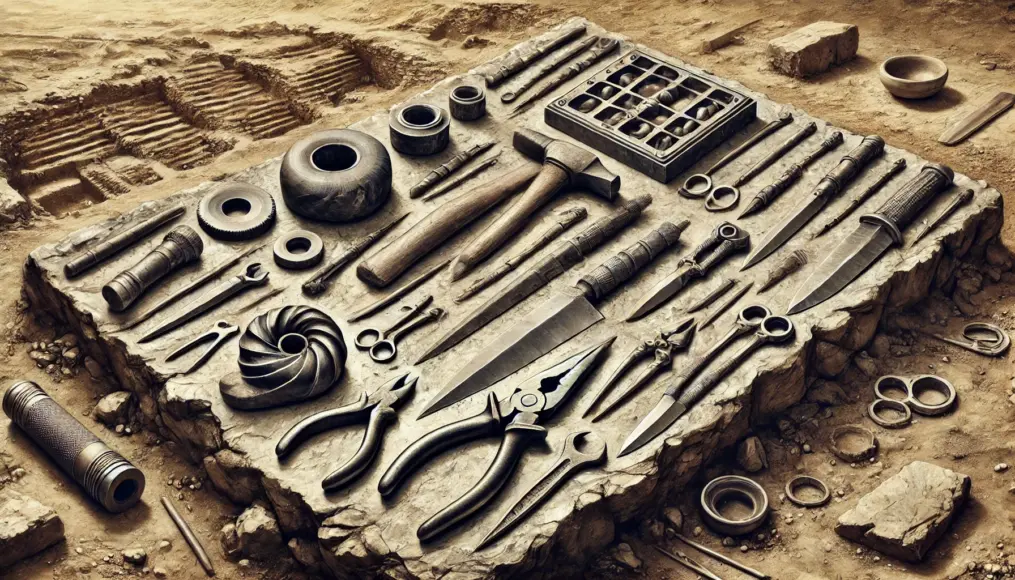
Religious Rituals and the Use of Electricity
Another theory suggests the battery might have been used in religious rituals.
It could have powered devices to illuminate artifacts in altars or temples.
Such displays might have created an awe-inspiring effect on ancient observers.
This scenario implies that religious motivations may have driven scientific development.
Psychological Effects of Rituals
Using electricity for light or sound effects could have been incomprehensible to ancient people.
Such phenomena likely reinforced the authority and sanctity of religious figures and beliefs.
Witnessing such mysterious displays may have deepened their faith.
This hypothesis aligns with characteristics observed in ancient temple ruins.

Comparison with Modern Technology
Modern technologies like stage lighting and projection mapping bear similarities to these theories.
If ancient people utilized electricity, their effects might parallel those in contemporary performances.
These possibilities serve as compelling evidence of advanced knowledge in ancient times.
Such comparisons highlight the technological continuity between ancient and modern eras.

Hypotheses and Debates About Ancient Uses
The discovery of the Baghdad Battery has sparked numerous debates about its potential uses.
Archaeologists speculate that it served a practical purpose rather than being a mere decorative object.
Some researchers argue that the battery was used for electroplating technology.
This hypothesis is often linked to the ancient craft of gold and silver plating on artifacts.
The Possibility of Electroplating
The theory that the Baghdad Battery was used for electroplating suggests the advanced technological capabilities of ancient civilizations.
Researchers supporting this theory have conducted experiments replicating the battery’s structure, successfully demonstrating metal plating.
However, due to a lack of concrete evidence, the debate continues.
Still, considering this possibility highlights the remarkable technological depth of ancient societies.
Recreated Experiments of Metal Plating
In replicated experiments, devices similar to the Baghdad Battery were used to apply a metal coating to surfaces.
These results indicate the potential practical use of the battery beyond decorative purposes.
The experiments provide a fascinating connection between modern and ancient technologies.

Possible Medical Applications
Another theory suggests the Baghdad Battery was used for medical purposes.
Some experts propose that the weak electric current generated by the battery was utilized for therapeutic treatments.
This idea implies that ancient civilizations might have been aware of the biological effects of electricity.
If this theory holds, it demonstrates an impressive level of scientific insight in ancient times.
Research on Evidence of Therapeutic Use
Studies investigating the possibility of therapeutic applications have also been conducted.
These include examining the effects of electric currents on tissues and their connection to ancient medical tools.
Though still in its early stages, this research opens an intriguing field of exploration.
Understanding how ancient societies applied biology and physics could provide invaluable insights.

Religious or Ritualistic Uses
Finally, it has been hypothesized that the Baghdad Battery was employed for religious or ritualistic purposes.
Electricity might have been revered as a mystical force in ancient civilizations and incorporated into ceremonies or spiritual practices.
This theory is based on the battery’s design and the religious context of the site where it was discovered.
From this perspective, it’s fascinating to ponder how science and religion coexisted in ancient times.
Traces of Ritualistic Use
Evidence supporting ritualistic use includes the ruins and cultural context surrounding the discovery site.
The battery might have been used as an altar or ceremonial tool, requiring further investigation.
If proven, this would enhance our understanding of how scientific knowledge fit into ancient belief systems.
This topic also adds a captivating layer to the Baghdad Battery’s urban legend status.
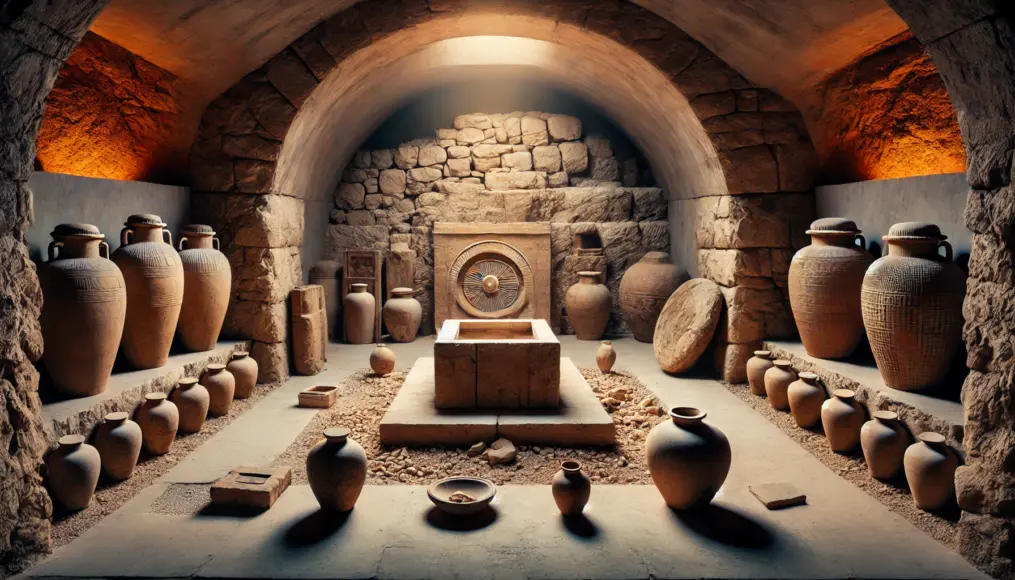
The Message of the Baghdad Battery for the Modern World
The Baghdad Battery is a remarkable discovery that hints at how ancient technology could impact modern times.
This artifact suggests the possibility that ancient civilizations possessed knowledge beyond our imagination.
Understanding a fraction of their technology could shed new light on the challenges faced by contemporary society.
Let us explore the hidden possibilities within this historical find.
The Connection Between Ancient Knowledge and Modern Technology
The Baghdad Battery, with its simple structure, serves as a potential clue to sustainable energy technologies.
If we consider it the origin of electrical technology, it reveals the ingenuity and creativity of ancient peoples.
By integrating these ideas into modern advancements, new pathways to the future could emerge.
Such connections act as a bridge between the past and the future, symbolizing continuity.
Insights into Sustainable Energy
The electrolyte used in the Baghdad Battery might have included environmentally friendly substances.
Reinterpreting its composition could offer fresh perspectives for current energy technologies.
In the pursuit of a sustainable society, ancient wisdom might play a critical role.
It is our responsibility to uncover paths from the past to the future.

A Bridge from the Past to the Future
The Baghdad Battery is not merely an ancient relic but a treasure trove of insights for the future.
Its technology suggests untapped possibilities for modern society.
Combining ancient knowledge with modern advancements could create a better future.
This discovery holds the potential to become a cornerstone for new technological innovations.
Potential Applications in New Technologies
The simple structure of the battery contains valuable elements applicable to contemporary technology.
For example, the materials and design used in ancient times might aid in developing sustainable energy solutions.
By leveraging this knowledge, we could discover groundbreaking answers to pressing energy issues.
Looking at it this way, the wisdom of the past forms an incredibly captivating foundation for the future.
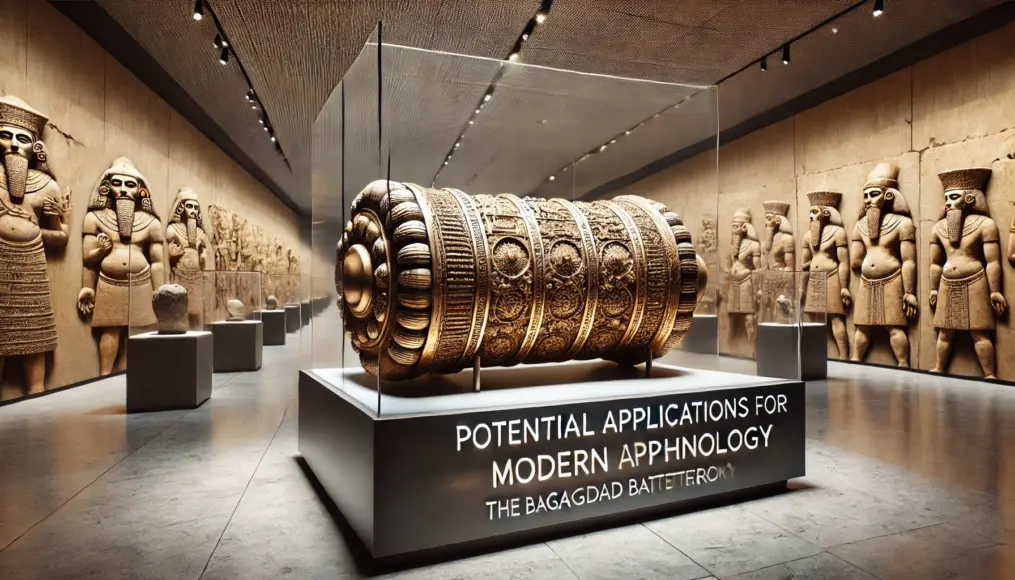
Inspiration for the Present
The Baghdad Battery’s existence hints at a pathway toward a sustainable society.
We are tasked with revisiting the technological wisdom of ancient civilizations to address today’s challenges.
Many believe that this artifact could inspire new discoveries and advancements.
It is vital to cherish the inspiration it provides and continue exploring its possibilities.
Reassessing Ancient Knowledge
The Baghdad Battery symbolizes the need to reassess the potential of ancient knowledge.
Studying and applying this wisdom in modern contexts might lead to extraordinary breakthroughs.
The impact of this discovery on future technology remains an exciting area of research.
Such endeavors could expand knowledge and open up new avenues for future potential.

Summary
The Baghdad Battery is a fascinating discovery that suggests ancient civilizations might have possessed technologies far beyond what we imagine today.
Debates surrounding its purpose and historical context spark our imagination about the unknown past.
If this artifact indeed functioned as an electrical device, it could lead us to reevaluate the wisdom and technological capabilities of ancient people.
Will this mystery ever be fully solved, or will it give rise to even more questions?
Feel free to share your opinions and thoughts in the comments section!

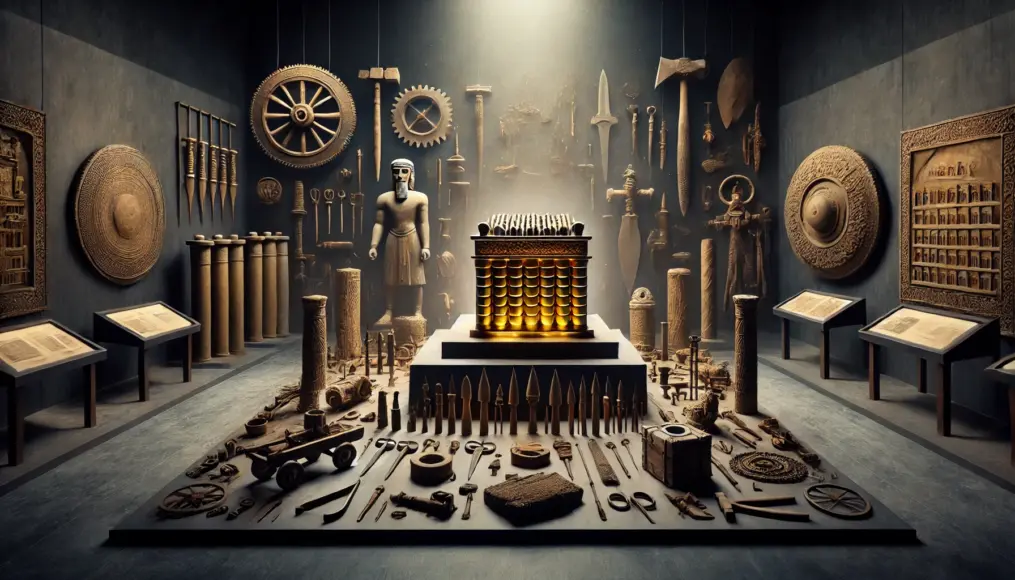

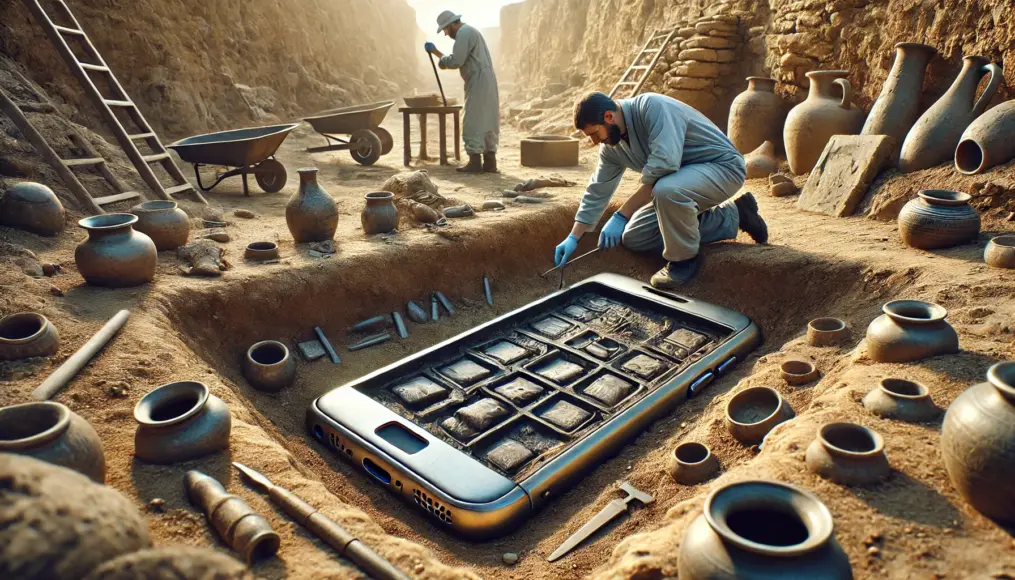
Comment